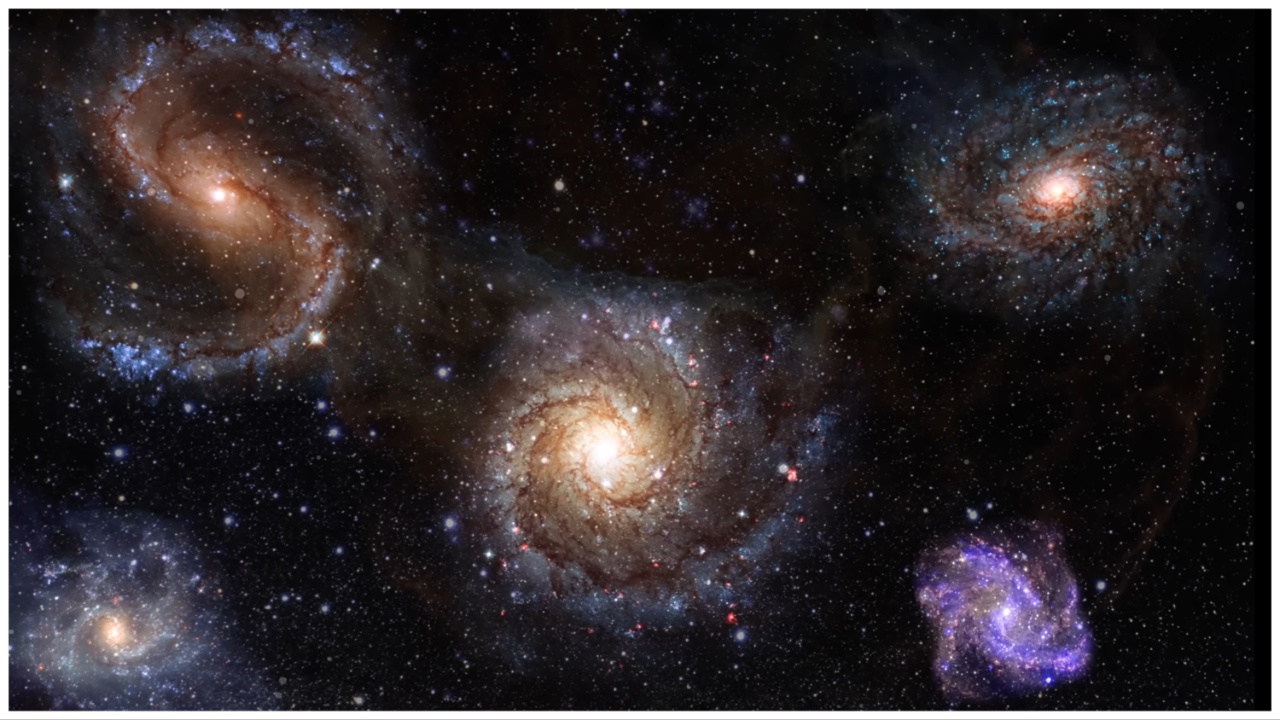The Cosmic Web of Galaxies, Explained

At the end of September, scientists at Caltech announced a major astronomical breakthrough. They had captured light images of the cosmic web, confirming what had long been just a theory about the underpinnings of all known galaxies. Though it had been surmised that there was a vast network giving structure to the observable universe, the actual shape of that network was unconfirmed. Now, not only is it confirmed, but we can see some of that structure with our own eyes.
Appreciating this breakthrough requires some knowledge about just what we mean by the idea of a “cosmic web.” In 1996, scientist Richard Bond of the University of Toronto first expounded the theory of the cosmic web, coining that term. Bond proposed that the vastness of space is not disorganized, but that a network of dark matter holds it all in place. This cosmic web gives energy and shape to the universe. Just like a spider’s web is made of both strands and open spaces, the cosmic web holds both galaxies and dark matter. That super-dense dark matter purportedly makes up some 80% of the universe, and its density is critical in holding the structure of the universe together. It performs this essential task despite it being transparent and invisible to human eyes.
The cosmic web is thought to have been created in the aftermath of the Big Bang. In addition to thinking of it as a web, the cosmic web can be likened to the network of oceans, rivers, and streams here on Earth. Just as those larger bodies of water send water out into those smaller bodies of water, the cosmic web sends energy to distant galaxies via its long thin strands of dark matter.
The gravitational pull of the cosmic web keeps galaxies anchored in a structure. The dark matter strands of the cosmic web emit shock waves which have been detected by radio signals here on Earth even before dark web imaging was completed. So the cosmic web has both a structure as well as a sound.
In 2020, astrophysicists proposed another fascinating way to think of the cosmic web. Scientists analyzed samples of the human brain and compared them with simulations of the cosmic web. They discovered shocking similarities between the structure of the cosmic web and the human brain. Both send out information along long thin strands—the filament of the cosmic web and the nerve fibers of the human brain. Comparing them at scale, the cosmic web and the human brain contain similar amounts and distributions of matter—galaxies in the cosmic web and clusters of neurons in the human brain, and voids—the dark matter of the cosmic web and gray matter of the human brain. And just as dark matter is essential to the existence of our universe, gray matter is essential to the health of the mind.
The recent images of the cosmic web were able to be captured because of the light emitted by a nearby quasar. From this segment of the cosmic web, scientists hope to learn more about the distance reaches of space that would also be contained within this web. They hope it will also provide information about the evolution and interplay between galaxies in our universe.
(featured image: screenshot/Anton Petrov/YouTube)
Have a tip we should know? tips@themarysue.com